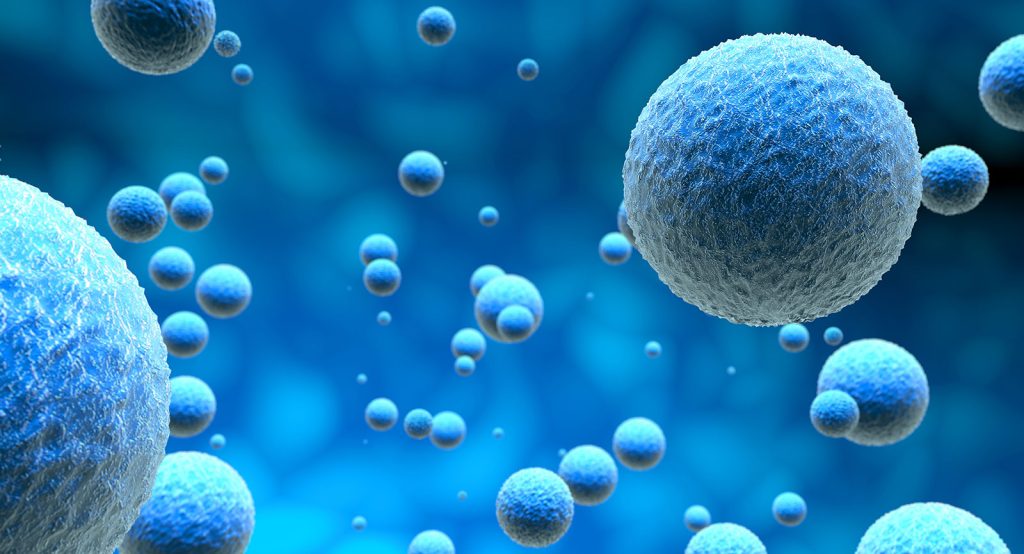
Typically, if you were allergic to pollen and exposed to it, your mast cells would release the mediator called histamine to remove said thing you are allergic to. The histamine makes you sneeze to get rid of the pollen. With Mast Cell Activation Syndrome (MCAS) your cells would release too much histamine, too often. This is just one simple example. Depending on how many mediators are released, symptoms can be mild or potentially life threatening. The most commonly affected areas are the skin, nervous system, heart and gastrointestinal tract (1). The exact cause of this syndrome is unknown. Some studies show a large genetic component and in some cases it can come secondary to an autoimmune disorder. Many MCAS patients actually have autoimmune diseases and the thought process is that the inflammation caused by the autoimmune disorder likely induces the MCAS (2).
Many patients who have or have had lyme disease have long lasting symptoms. This is known as chronic lyme disease. These patients undergo the antibiotic treatments to treat the lyme disease but not all of the bacteria is killed. Some patients experience symptoms months later and often doctors aren’t even able to connect the dots. In 1999, researchers were able to demonstrate that the bacteria that causes Lyme disease, Borrelia burgdoferi induced mast cell activation (3). Although Lyme disease is not necessarily considered an autoimmune disease, chronic Lyme disease can compromise the immune system and lead to the development of autoimmune diseases.
Mast cells not only release mediators but they release cytokines. Cytokines play an important role in normal immune responses but having too many released at one time can be harmful. A cytokine storm is when our bodies have a severe immune reaction where the cells release too many cytokines into the blood too quickly. Releasing too many cytokines is known as a cytokine storm and can occur as the result of an infection, autoimmune condition, or other disease (4).
Genetics, hormonal influences, and environment play important roles in autoimmune diseases. Some of the factors have been identified, but the specific determinants that initiate an autoimmune response and allow it to be sustained and cause pathology are still unknown (2). Nevertheless, MCAS, autoimmune diseases, and chronic Lyme disease share essential features. They are the result of “hypersensitive” immune responses. One way to mediate these responses is with immune-modulating therapies, which alter how the immune system works. Many different types of therapies work in different ways. For example, non-specific treatments suppress the immune system, which are largely ineffective and tend to have more side effects. After all, suppressing the immune system makes you more vulnerable to other infections and diseases since you are slowing down the immune system. On the other hand, targeted therapies modulate but don’t suppress immunity, resulting in superior effects and causing fewer side effects (5).

Subscribe to our website and check back frequently for our latest articles and other information to boost your peptide and supplement fluency.
The information provided on this site is intended for your general knowledge only and is not a substitute for professional medical advice or treatment for specific medical conditions. Always seek the advice of your physician or other qualified health care provider with any questions you may have regarding a medical condition. These statements have not been evaluated by the Food and Drug Administration. This product is not intended to diagnose, treat, cure, or prevent any disease.